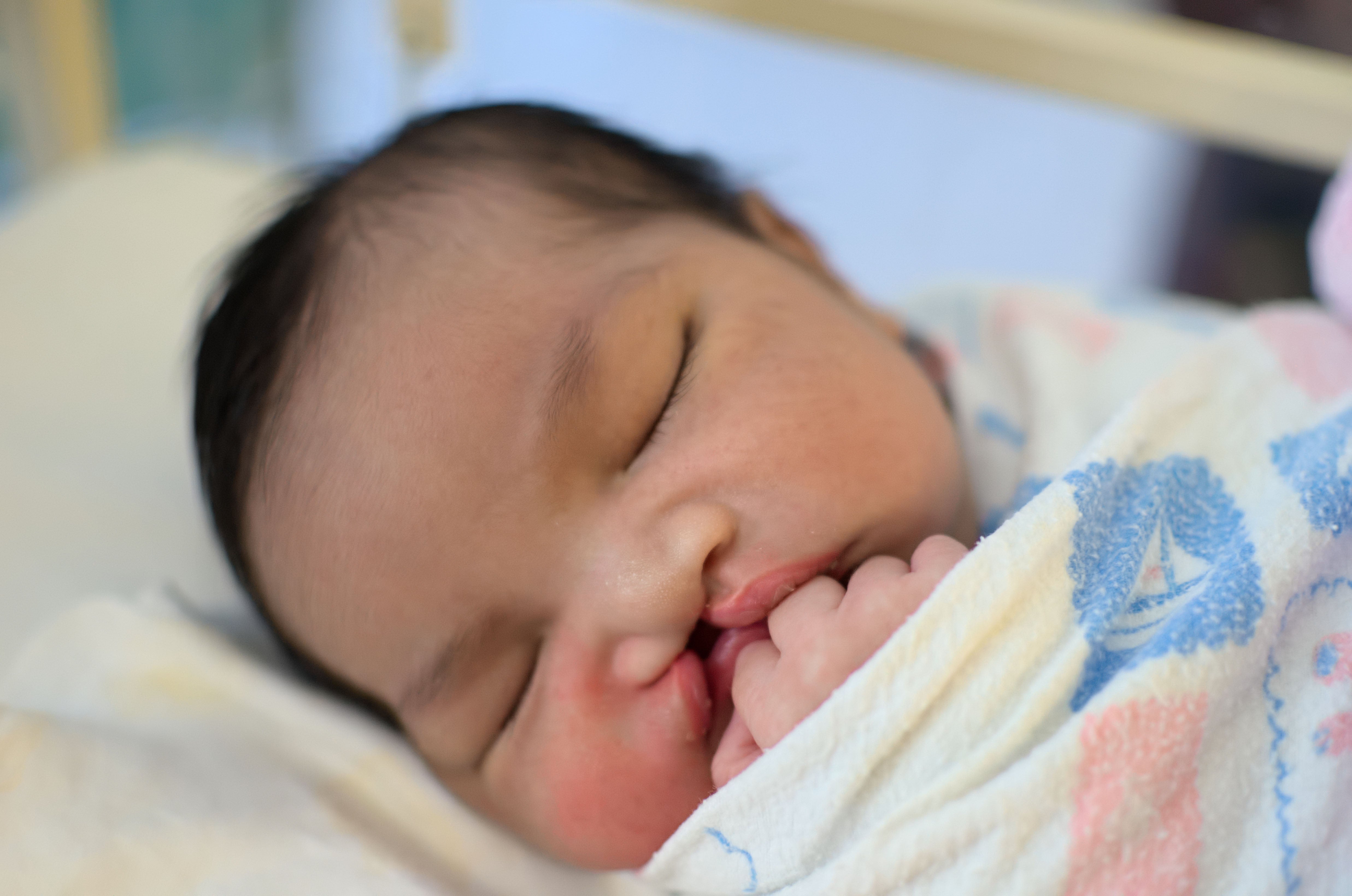Ask an expert: My unborn baby’s got a cleft lip – why does this happen and what is the treatment?
During July’s Cleft and Craniofacial Awareness Month, craniofacial expert Dr Peter Mossey explains cleft lip.

I’ve just had my 18-week scan and it showed my baby has a cleft. Why does this happen, how will it affect my child, and can it be treated?
Craniofacial expert Dr Peter Mossey, a medical advisory board member for the children’s cleft charity Smile Train (smiletrain.org.uk), says: “During facial development in the womb, the formation of the upper lip occurs in three parts. In most cases, these parts will join from the nose downwards. If this sequence is interrupted, however, the baby can be born with a cleft lip.
“A cleft lip can be accompanied by a cleft of the palate, which is a gap in the roof of the mouth due to a flaw in development in which the two sides of the palate fail to fuse at the midline. The cleft of the lip is much easier to detect on an 18-week scan than a cleft of the palate.
“Cleft lips can range from a small gap on the upper lip to a wide gap which reaches the nose. A cleft palate ranges from a small gap in the uvula – the small projection that hangs from the end of the soft palate – to a gap that runs from the uvula to the front of baby’s gum.
“If left untreated, a cleft lip and/or palate can cause problems with eating, speaking, hearing, and breathing, so it’s important for babies born with cleft to be treated as soon as possible.
“Fortunately, babies born with a cleft lip and/or palate in the UK have access to NHS treatment and will be referred to a multidisciplinary cleft team as soon as the cleft is diagnosed, whether this be on ultrasound or at birth. This team will work closely with new parents, providing them information and support.
“Surgery to repair a cleft lip is usually when the baby is between three to six months old. A cleft palate is repaired between nine and 12 months old. However, the child might face other surgeries throughout their childhood due to complications.
“All aspects of cleft care – including feeding, surgery, speech therapy, hearing checks, dental care, and orthodontics (braces) if needed, as well as genetic, paediatric, and psychosocial care – are available at no cost.
“As a result of this care, most children treated for cleft lip and cleft palate live perfectly normal lives. However, the surgery can leave a scar on the top lip, which some children can struggle to come to terms with during their childhood and into their teenage years, affecting their self-esteem and making them self-conscious about their appearance.”
Bookmark popover
Removed from bookmarks